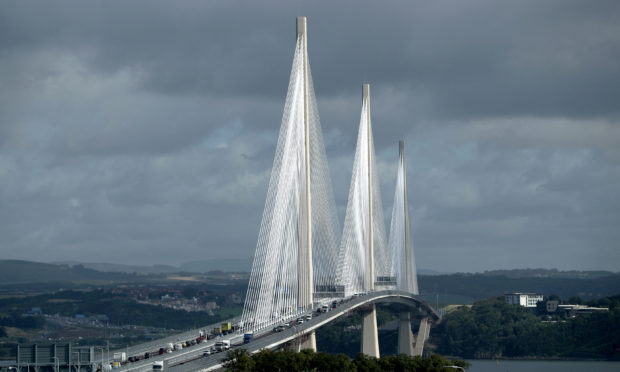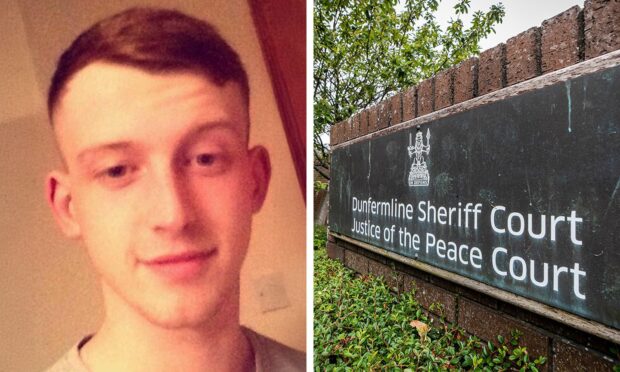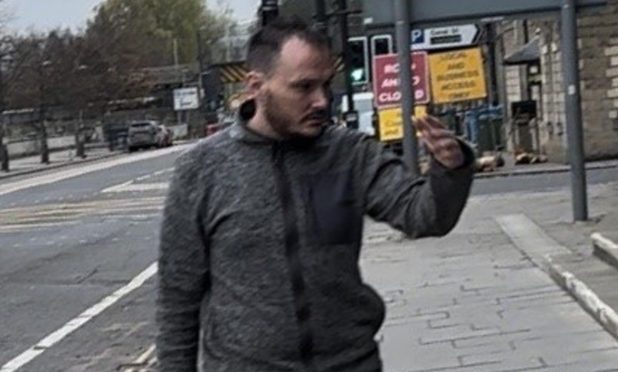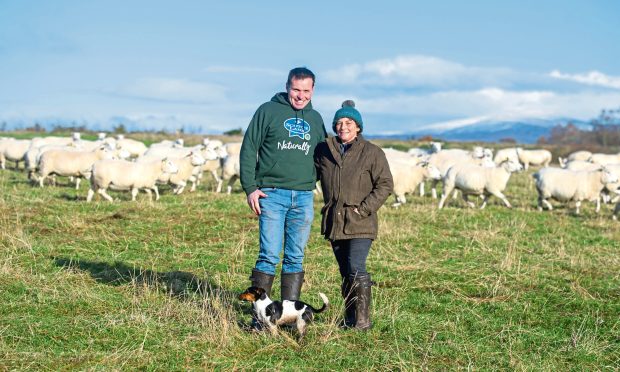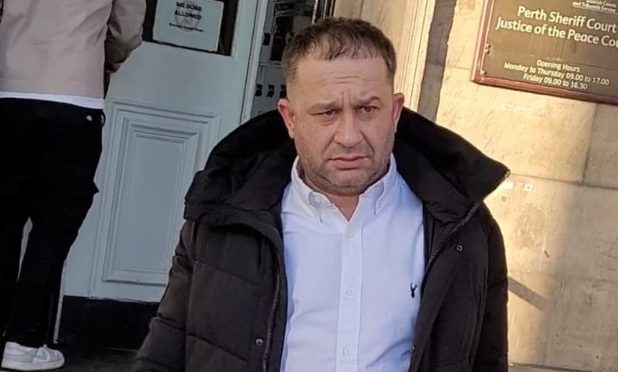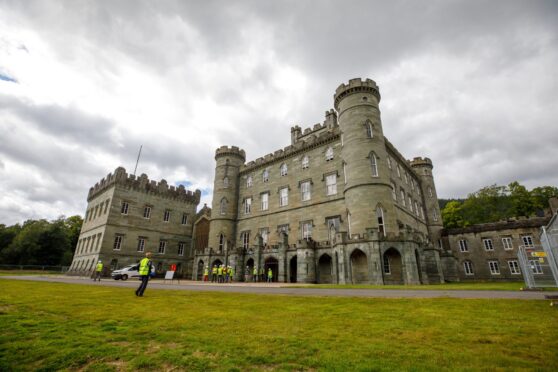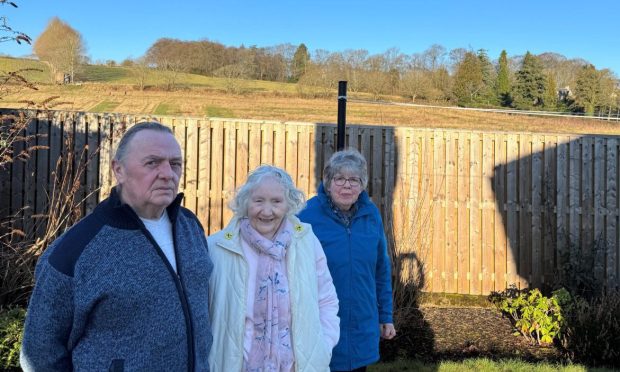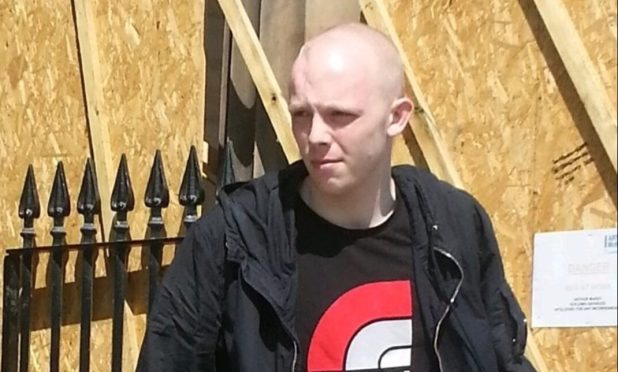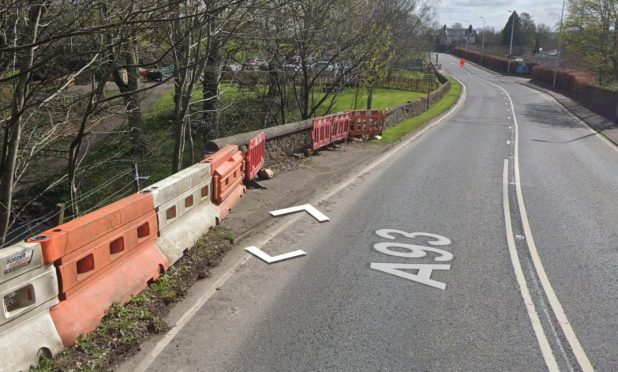As music lovers settled down to enjoy a lunchtime concert at Perth Concert Hall it emerged the visiting pianist had fallen victim to the most modern of afflictions – the Queensferry Crossing effect.
Delayed on his journey north, Jean-Selim Abdelmoula eventually took to the stage at a run to perform a well-received concert, apparently unruffled by his late entrance.
Whether he decided to avoid the new bridge on his way home I don’t know, but it certainly must have crossed his mind.
His first experience of the eagerly anticipated bridge – and that of thousands of others – had been tarnished by horrific delays.
Much has been made of the “tourist effect” – traffic swollen with people determined to have a close up look at the, admittedly, stunning structure.
Whether sufficient numbers of people would really decide to place themselves at the centre of some of the worst delays they will ever encounter simply to say that they have crossed the bridge seems slightly unlikely.
Others cite the temporary 40 mph limit – it will rise to 70mph in due course – as having a negative impact on traffic flow.
My own feelings – formulated over 90 minutes during an agonisingly slow crawl approaching the crossing from the Edinburgh side – is that something is far from right with the design of the infrastructure of the approach roads, causing a major bottleneck.
Once we got on the bridge the traffic flowed freely but it seems that getting to that point is the real problem.
Obviously there must be a solution – traffic can’t have increased in such volumes to create the type of traffic jam I experienced – but until someone has worked out the answer my vote is firmly in the reopen the Forth Bridge camp and let the traffic flow freely again.
